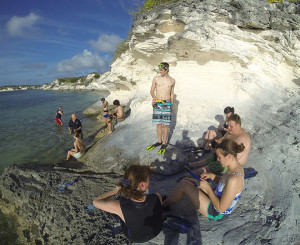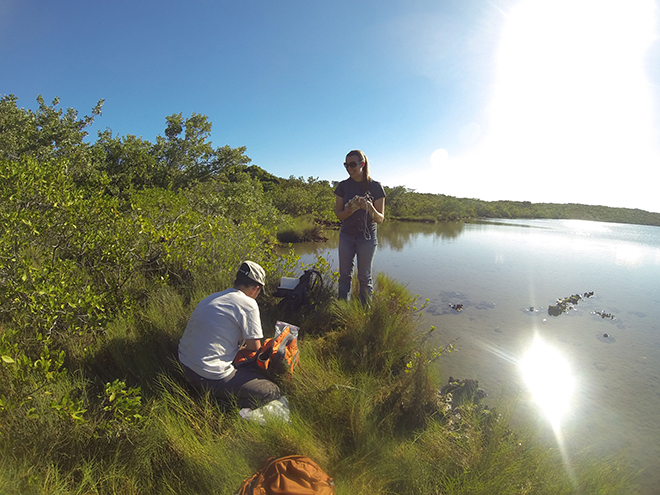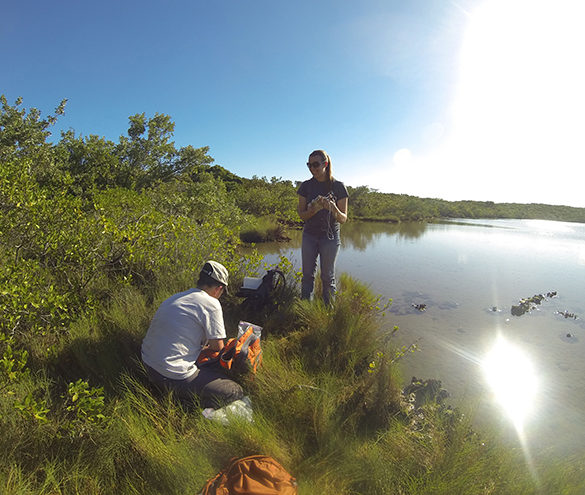Humanity strives each subsequent generation to grow and flourish; yet we expect those desires to be balanced against the need to preserve and protect. For the international tourist visiting the beautiful tropical resorts of small island nations, such as the Bahamas, it is easy to forget that others live there year round and that even a small rise in sea level may make a significant difference.

These are some of the challenges that scientists face when communicating the study of climate to the public—our earth system is complex and global models do not often make for easy conversation. From a political viewpoint, climate change does not easily conform to a yes or no debate—despite overwhelming evidence for human-induced climate change there are wide ranging perspectives on the eventual outcomes. The truth relies in being able to predict the future.
Universities can have an important role—and I would advocate a moral responsibility—in shaping the discussion for future generations. First and foremost, complex phenomena require multifaceted discussions. Trans-disciplinary learning can be an important tool. Science students should make it a priority to learn to communicate more effectively to those with non-science backgrounds. Likewise, students in multimedia should invest time to discover the actual meaning of data and reports before distilling the results of studies into 5-second sound bites.
I teach an experiential-learning course that takes Ball State students to a remote island in the Bahamas, San Salvador, and introduce those students to island ecosystems, coral reefs, and limestone deposits that are geologically recent—they formed in the past half million years—and linked to changes in sea level caused by the advance and retreat of glaciers in North America. For context, the urban corridor from Fort Lauderdale, through Miami, and to Key West is built on similar rocks that are approximately 125,000 years old. Groundwater in these same rocks, and equally young rocks below, provide drinking water to the more than 5 million residents of south Florida.

Another particular focus of this experiential course is changing sea levels since settlement—now estimated by the Intergovernmental Panel on Climate Change (IPCC) to be rising at a global average rate of 3.2 mm per year. Island nations of low-lying limestone, such as the Bahamas, are particularly sensitive to changing climate and sea level because their water resources are particularly susceptible to salt water intrusion in areas of urbanization and tourism. On San Salvador, the opening of a Club Med resort in the mid 1990s quickly led to over pumping of water wells used by the island residents, according to a study. Salt water intruded these wells rendering them largely useless.
My goal with students in this and similar classes is to provide first hand experiences and a foundation in earth system science. An understanding of our changing climate will be particularly important to this next generation of professionals. Furthermore, the exposure to international destinations can make these students better world citizens and environmental stewards. Theodore Roosevelt’s words, when founding the National Park Service, still ring true to this day in this globalized society: “If we do not protect the environment now, we cannot ensure a strong nation for our children.”
I will be teaching another section of the class this upcoming winter. Students who are interested in participating should email lflorea@bsu.edu.
Expert blogs are opinions on issues that impact you from those who know the topic best.




